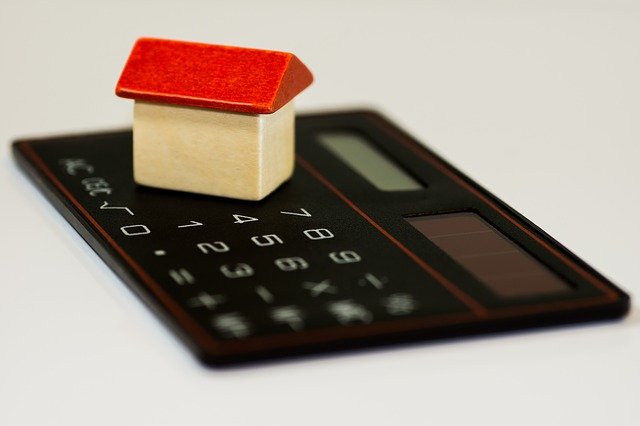Unless you’ve been living under a rock, you’re probably aware that the housing market is on the rebound. Home prices continue to increase ( we’re starting to see home prices decelerate a bit), and demand for homes is higher than it’s been in years. If you’re thinking of buying a home in the near future, one thing you’ll need to know is the minimum down payment required. Here are four things to keep in mind about down payments:
What Is Minimum Down Payment?
It is the amount you need to put down on a property purchase. It’s important to note that this isn’t the same as your mortgage loan amount. For Canadians, you can learn more here about it. You’ll still need to take out a loan for the rest of the purchase price. Typically, your minimum down payment will be between 3-20% of the home’s total cost.
-
1. Down Payment Influences the Mortgage Rate:
There are two primary mortgage rates: interest rates and monthly mortgage insurance premiums. The interest rate is a percentage applied to your outstanding loan balance, while the PMI is a set fee added to your monthly principal and interest payment.
Your down payment amount affects more than just the home’s purchase price. It also impacts the interest rate you will be charged on your mortgage. The greater your down payment, the lower your mortgage rate will be. You are viewed as a less risky borrower when you have more skin in the game.
As the down payment amount increases, the lender’s risk decreases. It’s because you are less likely to default on your loan if you have more invested in the property. Lenders will lower your interest rate as a result and may even offer other incentives, like a lower mortgage insurance premium rate.
-
2. You May Need to Save More for a Bigger House:
If you are looking to purchase a larger home than the average, you will need to save even more for your down payment. The average price of a home in the U.S. is just over $200,000. But if you want to purchase a home that costs $500,000 or more, you will need to have at least 25% or more saved for your down payment.
It’s good to research the property costs before making a down payment. This will help you better understand what you’re getting into and how much money you will need to save. You can also ask your lender for a pre-approval to know how much money you can borrow. It’ll help you narrow down your home search to properties within your budget.
-
3. Different Kinds of Minimum Down Payment:
There are three different types of down payments that lenders use. A 5% down payment would be required on the first $500,000 of the purchase price, and a 10% down payment would be required on any amount above $500,000. By adding the two, you’ll get a minimal amount. This is for the owner-occupied home.
This is not always the case, as some lenders may require a higher down payment for rental properties. For most lenders, 20% is the minimum down payment on a rental. However, it is always important to check with your specific lender to determine their requirements.
A second home can be bought for recreation, family, or other purposes with as little as a 5% down payment. This is an excellent option for purchasing a property but doesn’t have the funds to make a 20% down payment. Keep in mind that there may be other costs associated with owning a second home, such as property taxes and homeowners insurance.
The down payment amount you choose will determine the type of mortgage you receive. There are different types of mortgages, each with its benefits. Make sure to ask your lender about all of your options before deciding on which one is best for you.

-
4. 20% Down Payment More Economical:
Most people think they need to put down at least 20% to buy a home, but this is not always the case. There are mortgages available that require as little as 5% down. However, if you choose one of these mortgages, you will likely have to pay a higher interest rate and may also have to pay for mortgage insurance.
Mortgage insurance protects the lender in case you default on your loan. It is a monthly fee that is added to your mortgage payment. The premium amount depends on the size of your down payment, your credit score, and the type of mortgage you have. It is always the best option if you can afford to put down at least 20%. This will allow you to get a lower interest rate, and you may skip the mortgage insurance premium.
When buying a home, the size of your down payment can impact more than just your mortgage rate. Different lenders have different requirements for down payments, and the amount you choose will determine the type of mortgage you receive. It’s always important to do your research before making a down payment to know what to expect. If you’re unsure where to start, your lender can help you get started.



Comments are closed.